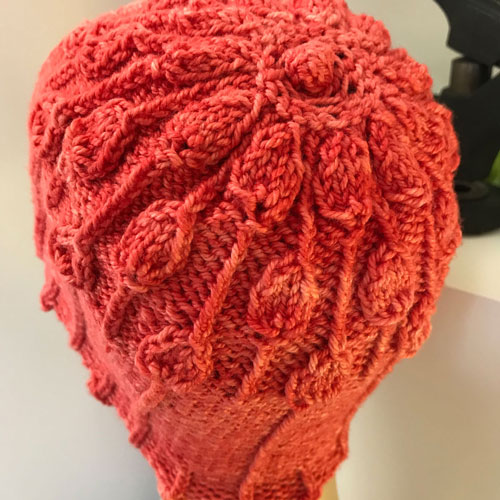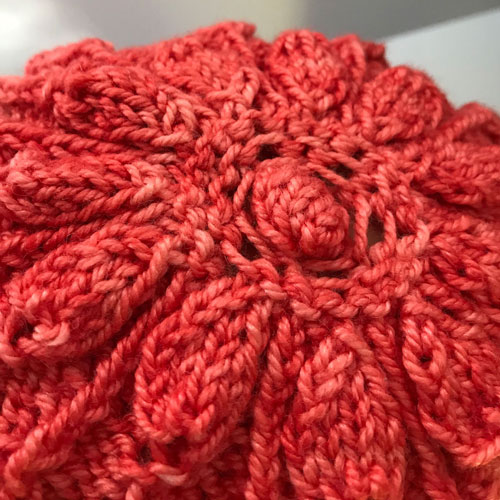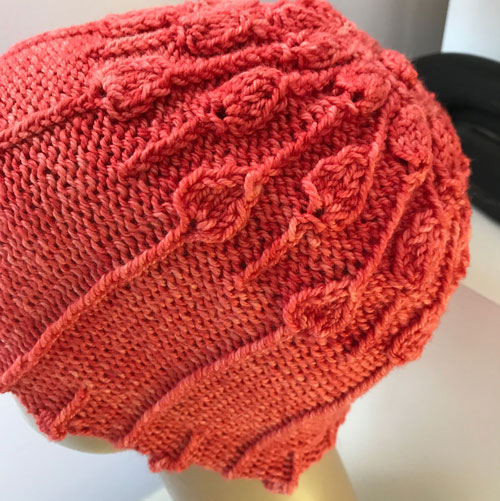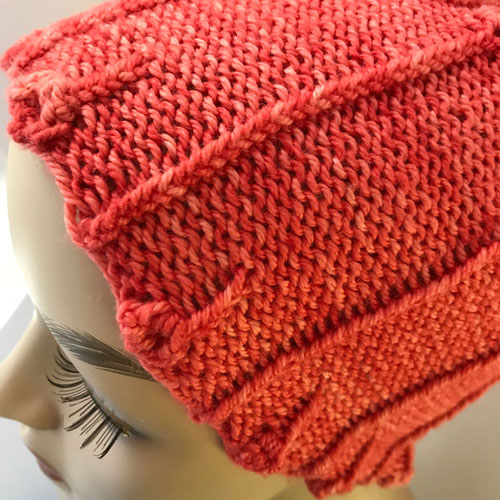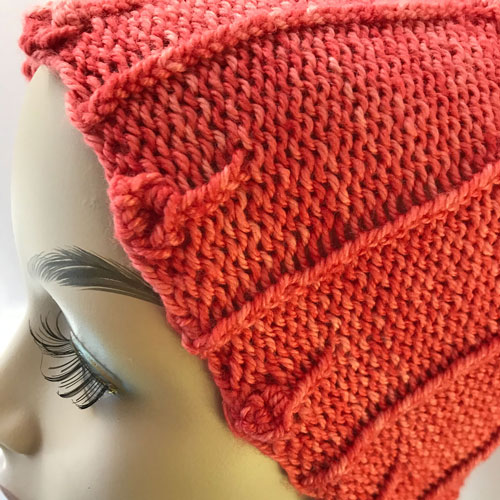Meet the Yarn: Croquet
Jill Wolcott
passion.fashion.knits
Croquet
50% Superwash Merino, 50% Tussah Silk
+/- 230 yd / 210 m
4.75-5.75 sts / in US #4-7
I was surprised to find only 74 Croquet projects on Ravelry, although happy faces abound, as do beautiful finished products. Croquet retails for about $33 a skein, and most people have one to three skeins (230 yds to 790 yds). The 120 Croquet stashes on Ravelry are mostly not available for sale or swap, so I think this yarn could use a little more explanation and comment to encourage yarnies to dip in and use it.
The yarn is a DK weight blend of tussah silk and super wash merino (50% each). The WPI is 16. This is a little heavier at 230 yards than the other Sport and DKs in Anzula’s line-up. I know when I made my Lisse Hat I had to adjust the number of stitches to make it work. Some of the project comments were that the fabric was heavier or the shawl ended up being larger than expected. This is just one of the problems with how we categorize yarn, and has nothing to do with the marvelousness of Croquet itself. I think the silk makes this less squishy than some of the yarns a knitter might be comparing it to.
Here are my gauge numbers in Reverse Stockinette and Stockinette and in a cable pattern, and a lace pattern.
Some yarns are clearly better in a fabric stitch, and others in a lace. I think what sets Croquet apart is that is it equally lovely in both. If you have a smaller quantity, work it up in a hat or cowl; if you have more, a lace shawl or a sleeveless top will be ideal. If you have even more yarn, it will make a lovely garment. I will be redoing the pattern for my lovely Florence cardigan in Croquet.
This fabric is going to slightly heavier, and the silk makes it a little slippery, so it will drape beautifully. Remember to calculate for that! Whenever the silk content is high, swatching and blocking are essential. I recommend that the swatches be hung to get a true sense of what is going to happen with the fabric in your final piece. Do not think that the result you achieved with another yarn is going to be achieved identically in Croquet. I’m very pleased with the stitch definition, the ability to work cables, and the openness achieved in the garter lace I’ve worked up in Croquet. The light plays wonderfully with the silk and the signature tonal dying from Anzula Luxury Fibers.
I made the Lisse Hat from Croquet about 18 months ago. I loved knitting with the yarn—so much so that I was willing to rip out the top of the hat and shorten it to a better length. To me that is always a good sign. It means I like working with the yarn, I am happy with the results, and I get to see what happens when the yarn gets reknit. It is an informative process for me.
The hat used smaller needles, US 3(3.25mm). I used 88 sts instead of 96 sts (to fit my stitch pattern repeat). You can download the information pdf for the original hat so you can plan. And you can find the Lisse pattern on Ravelry here. I don’t have unblocked gauge numbers for this, but based on the numbers above, expect a little contracting for the stitch gauge and slight expansion for the round gauge.
Do your homework in a swatch so that you will love your result! Look at my blog post for information on customizing this hat pattern to work with Croquet. There is plenty of yarn in a single skein to swatch and to make the hat!
Note on Tussah silk. This term generally describes non-cultivated silk. It isn’t a particular type of silk or silkworm, just that it is wild, not cultivated. There is surprisingly little good information on silk online, so I can’t give you good links to more information.
Keep up on all things Jill Wolcott:
Contact: jill@jillwolcottknits.com
Blog: http://www.jillwolcottknits.com/category/blog/
Twitter: @jillwolcottknit
Instagram: @jillwolcottknits
Pinterest: Jill Wolcott Knits
www.JillWolcottKnits.com



